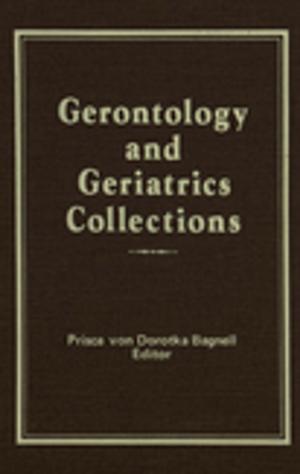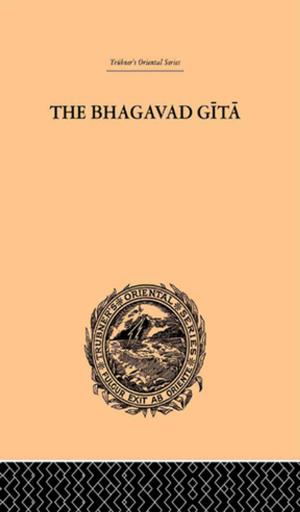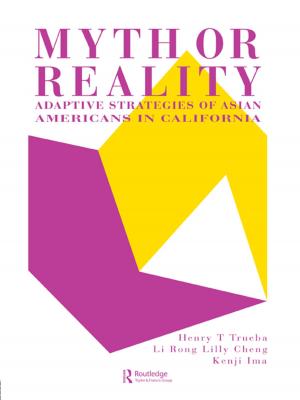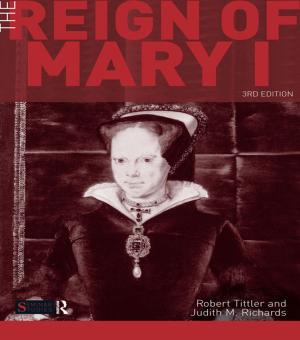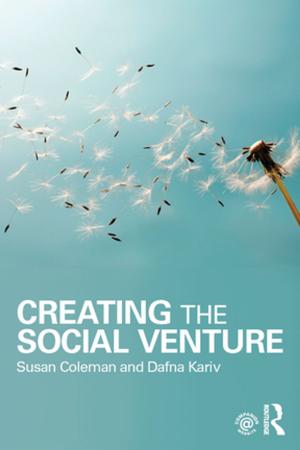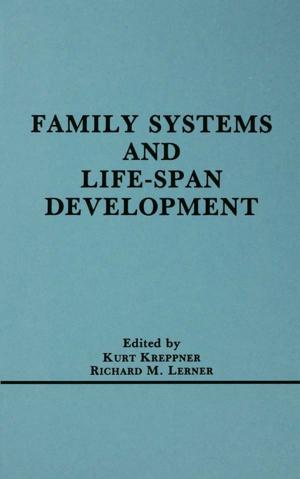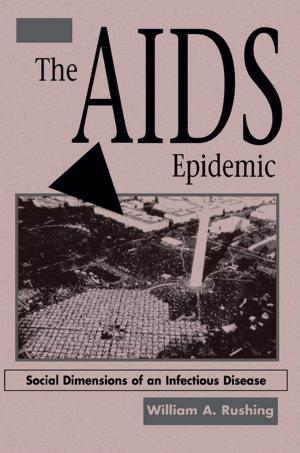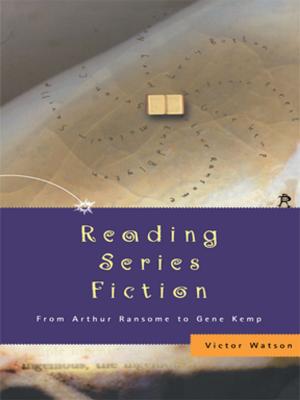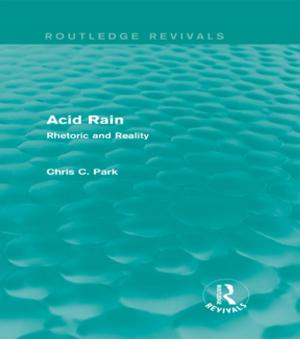An Environmental History of the Middle Ages
The Crucible of Nature
Nonfiction, Science & Nature, Science, Biological Sciences, Environmental Science, History, Medieval| Author: | John Aberth | ISBN: | 9781136263026 |
| Publisher: | Taylor and Francis | Publication: | December 20, 2012 |
| Imprint: | Routledge | Language: | English |
| Author: | John Aberth |
| ISBN: | 9781136263026 |
| Publisher: | Taylor and Francis |
| Publication: | December 20, 2012 |
| Imprint: | Routledge |
| Language: | English |
The Middle Ages was a critical and formative time for Western approaches to our natural surroundings. An Environmental History of the Middle Ages is a unique and unprecedented cultural survey of attitudes towards the environment during this period. Humankind’s relationship with the environment shifted gradually over time from a predominantly adversarial approach to something more overtly collaborative, until a series of ecological crises in the late Middle Ages. With the advent of shattering events such as the Great Famine and the Black Death, considered efflorescences of the climate downturn known as the Little Ice Age that is comparable to our present global warming predicament, medieval people began to think of and relate to their natural environment in new and more nuanced ways. They now were made to be acutely aware of the consequences of human impacts upon the environment, anticipating the cyclical, "new ecology" approach of the modern world.
Exploring the entire medieval period from 500 to 1500, and ranging across the whole of Europe, from England and Spain to the Baltic and Eastern Europe, John Aberth focuses his study on three key areas: the natural elements of air, water, and earth; the forest; and wild and domestic animals. Through this multi-faceted lens, An Environmental History of the Middle Ages sheds fascinating new light on the medieval environmental mindset. It will be essential reading for students, scholars and all those interested in the Middle Ages
The Middle Ages was a critical and formative time for Western approaches to our natural surroundings. An Environmental History of the Middle Ages is a unique and unprecedented cultural survey of attitudes towards the environment during this period. Humankind’s relationship with the environment shifted gradually over time from a predominantly adversarial approach to something more overtly collaborative, until a series of ecological crises in the late Middle Ages. With the advent of shattering events such as the Great Famine and the Black Death, considered efflorescences of the climate downturn known as the Little Ice Age that is comparable to our present global warming predicament, medieval people began to think of and relate to their natural environment in new and more nuanced ways. They now were made to be acutely aware of the consequences of human impacts upon the environment, anticipating the cyclical, "new ecology" approach of the modern world.
Exploring the entire medieval period from 500 to 1500, and ranging across the whole of Europe, from England and Spain to the Baltic and Eastern Europe, John Aberth focuses his study on three key areas: the natural elements of air, water, and earth; the forest; and wild and domestic animals. Through this multi-faceted lens, An Environmental History of the Middle Ages sheds fascinating new light on the medieval environmental mindset. It will be essential reading for students, scholars and all those interested in the Middle Ages

